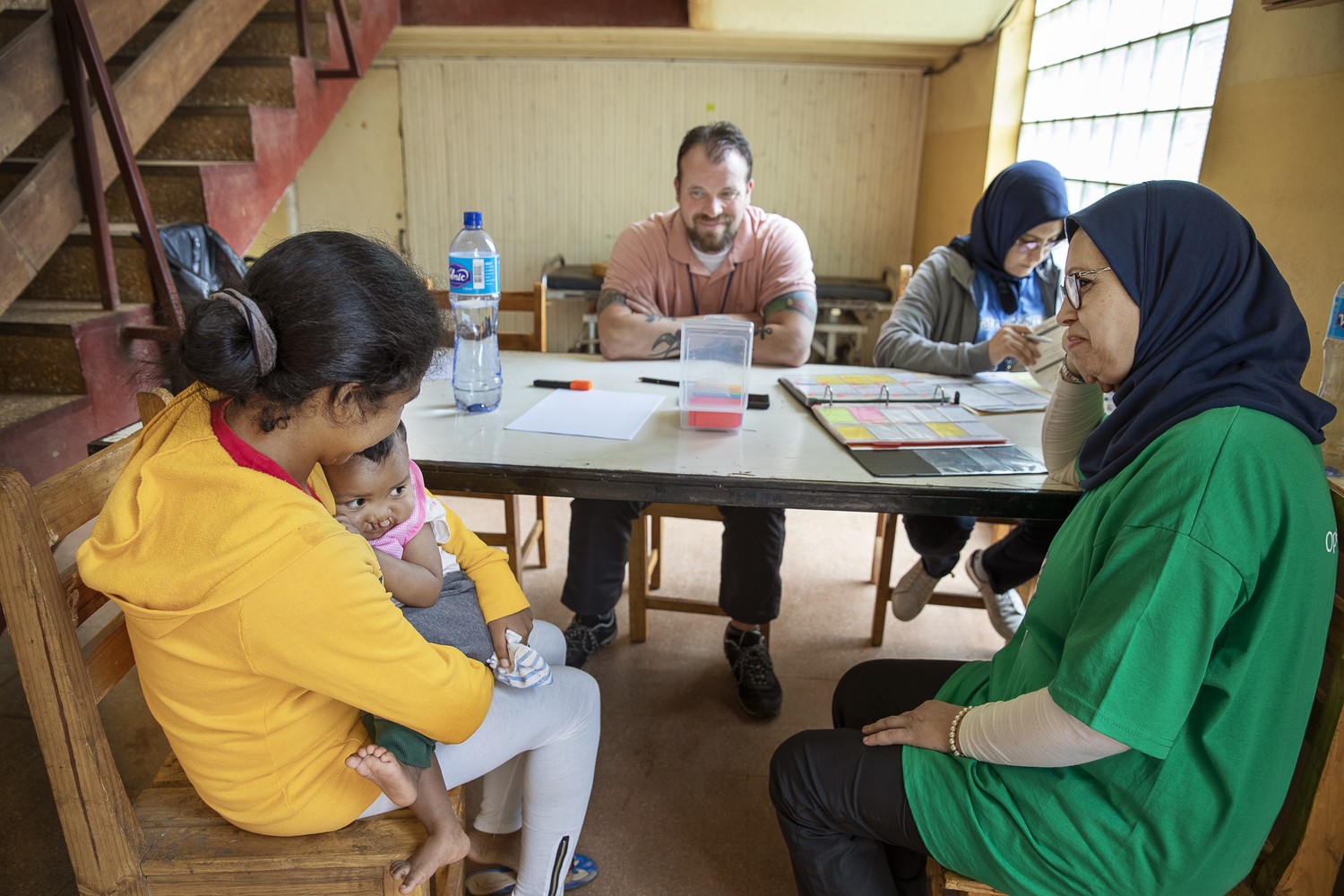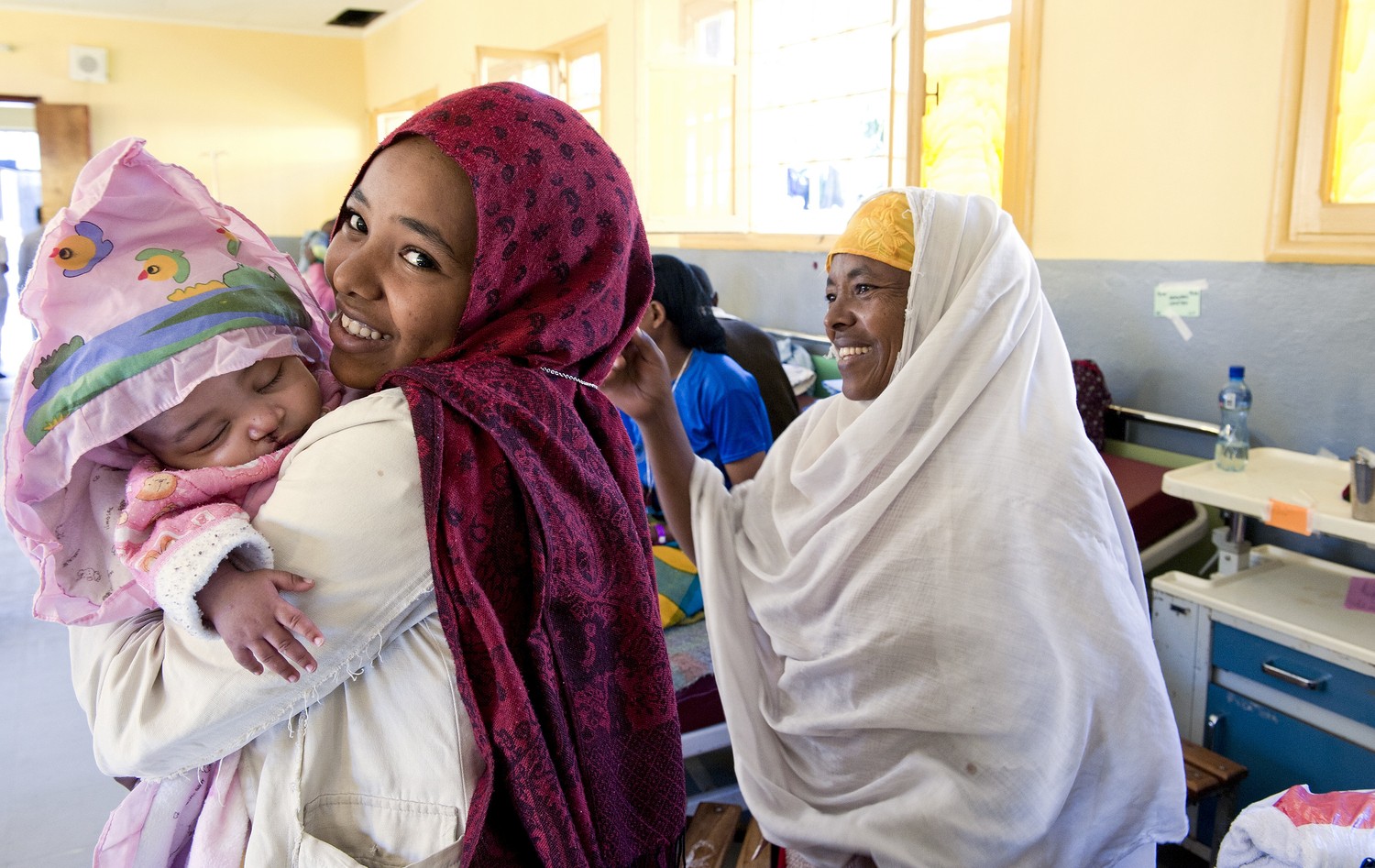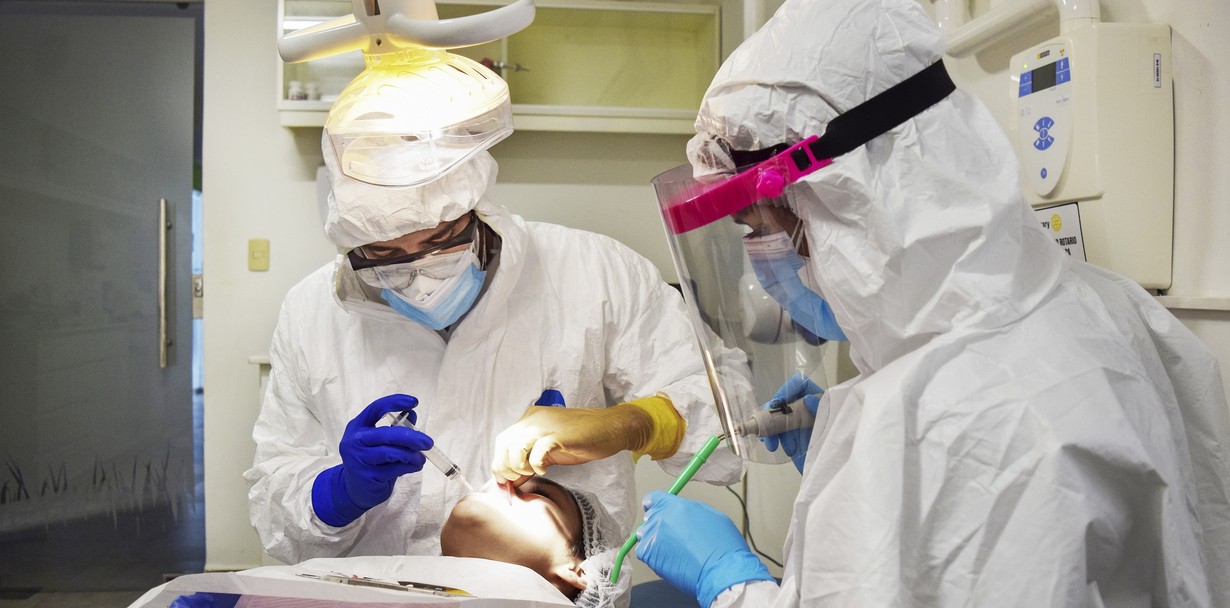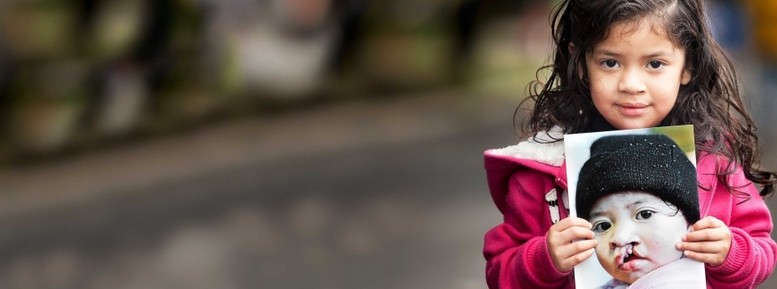
When it comes to delivering exceptional cleft care, Dr. Bryan Zimmerman, Operation Smile's assistant vice president of quality assurance, takes pride in his role of ensuring the safety of every patient, parent, volunteer and staff member who attend our programs.
“The only way to effectively create a culture of safety and quality is by showing that you care,” Bryan said. “Patient safety is more than a set of rules or directives, rather, patient safety is a culture and mindset that is driven from the top down.”
In honor of World Patient Safety Day, we're highlighting Bryan for upholding, advocating and implementing Operation Smile's strategies for delivering the highest quality of patient safety for the people and countries benefiting from our care.
“The best part of my position is to support our care teams while we provide hope, compassion and an improved quality of life to the patients we serve,” Bryan said. “With Operation Smile, my heart is full knowing the love and kindness that was poured into every encounter. That outweighs any salary, any day hands down.”
We recently spoke with Bryan to learn more about how our safety protocols remain the focal point of our programs and why initiatives like our Quality Assurance Program are key to helping more people during the COVID-19 pandemic.

Q: What does your role as Operation Smile's vice president of medical quality entail?
A: “I'm responsible for the overall planning, direction and operation of quality, risk management and patient safety. I serve as a member of Operation Smile's senior leadership team and am responsible for the design and direct implementation of the organization's Quality Assurance Program. In addition, I'm an expert in defining and implementing evidence-based medical quality systems and compliance standards.”
Q: Can you explain what patient safety is and why it's important?
A: “Patient safety, as a discipline, began in response to evidence that adverse medical events were widespread and preventable in a report by Lucian Leape in 1999 titled, 'To Err is Human.' The goal of patient safety is to minimize adverse events and eliminate preventable harm in health care. Patient safety is the fundamental use of methods and tools utilized to deliver quality essential health services such as cleft care. That being said, patient safety is more than a set of rules or directives, rather, patient safety is a culture and mindset that is driven from the top down.
“The Operation Smile leadership team is clear that quality health services around the world must be effective, safe and patient-centered. Ultimately, the benefits of patient safety yield quality health care. Patient safety integrated across health services is timely, equitable, integrated and efficient to ensure the best patient outcome.”

Q: Can you talk a little about the importance of strengthening health systems in low- and middle-income countries?
A: “The importance of health systems strengthening in low- and middle-income countries in terms of patient safety is to garner the value of being trustworthy. This is not because errors will not be made, or adverse events will never happen, but because all health systems hold themselves accountable for applying safety sciences optimally as a paramount objective. Through strengthening patient safety systems, harm can be prevented.
“Through a conscientious effort, health systems in low- and middle-income countries are supported to act. This way, we can minimize the extent and impact of unavoidable adverse events through collaborative systems and motivated, informed and vigilant personnel. Think of these health system partnerships in low- and middle-income countries as a concept of a multi-layered system, in which the failures can be mitigated within each of the layers serving as a support structure for the previous layer, also known as the “Swiss cheese” model of accident causation. The various health system components that make up the improved partnership include Operation Smile, the health system, the local volunteer team, the individuals in support, and the technology in use as a harmonious balance invested in delivering essential quality of life care to patients with the results expected.”
Q: This year's theme for World Patient Safety Day is safe maternal and newborn care. Can you explain how with stronger health systems in place, pregnant women in low- and middle-income countries are more likely to receive proper care and treatment?
A: “The only way to provide a safe and high-quality care delivery experience is through trained individuals to provide the care, the equipment and technology necessary to ensure safe practices, the system functioning as a supportive element to facilitate the line of service, and ultimately a physical space capable of providing the ability to coordinate the improvement of the birthing process in a safe environment for both mother and child.
“Operation Smile is dedicated to pursuing the requisite steps to improve maternal mortality in these high-risk countries and enhance the miracle of birth across all health systems we engage with. Through addressing the unique needs and opportunities that each system may require, we address the issue of safe pregnancy and delivery.”


Q: Operation Smile has adjusted how it provides care since the onset of the COVID-19 pandemic. Could you tell us more about that?
A: “We have always maintained a concentrated focus of infection control throughout the care process and safe surgical delivery. However, the COVID-19 pandemic has caused us to reflect on the various processes included in the patient’s care journey from a respiratory interaction perspective.
“There has been a myriad of research conducted by Operation Smile to include expert consulting that resulted in some variations to our previous care delivery. One of these variations was the reduction of international volunteers traveling to some countries to perform cleft care. We additionally, implemented testing procedures as a precaution, staggered surgical screening exams, and limited the number of parents accompanying the patient. These carefully considered measures have resulted in continued successful program activities around the world responsible for more than 5,000 surgical life-altering surgeries.”
Q: What do you love most about the work you do?
A: “As a previous member of the military, I served in several combat deployments, conducting numerous direct-action missions. When I retired in 2017, I wondered where I would find that same sense of belonging and purpose as I had with my team. Operation Smile exceeded any expectation I ever had and has become a family that I am proud to be a part of.
“The best part of my position is to support our care teams while we provide hope, compassion, and a drastically improved quality of life to the patients we serve. I vividly recall flying home from a country in battle and feeling an ache for the people of that country. With Operation Smile, every time I fly home from a program, my heart is full knowing the love and kindness that was poured into every encounter. That outweighs any salary, any day, hands down.”

Latest Stories

Mateo's Journey

Meet Isaac

